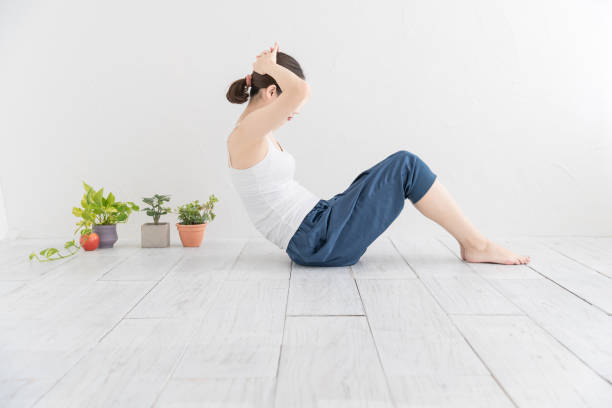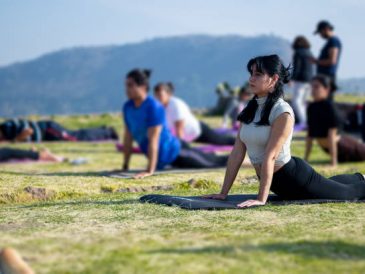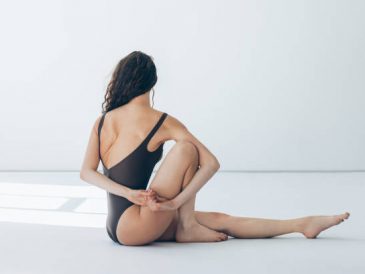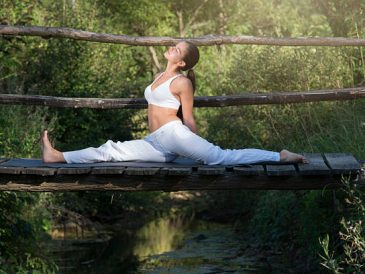Some people think they can’t practice yoga because their hamstrings are too tight. But this is not true. Many of the classic asanas require some hamstring flexibility.
Is it possible to have tight hamstrings and practice yoga? Yes, it is possible! You can modify your posture to compensate for tighter muscles in the hamstrings.
Here is a list of some of the safest and best ways to modify poses for tight hamstrings. Due to the fact that hamstring injury is one of the most difficult and long-lasting to heal, I encourage all yogis who have tight hammies to use these modifications.
Bend Your Knees
One of the most common modifications is to tighten your hamstrings.
To improve hamstring flexibility, you can bend the knees when performing forward-folding postures or any other poses that require flexibility.
It is a myth that bending your knees will reduce the stretch of forward folds. This is not true. The hamstrings tend to “tug on” the lower back when they are tight. This causes the spine to round out in the forward folds. A lower back stretch replaces the hamstring stretch.
While stretching your lower back has its importance and place in yoga, you won’t make progress if you are targeting the muscles of your hamstrings, hoping to lengthen them, even after three years.
By bending your knees, you can reallocate the stretch from the front of the legs to the back, which will help to target those stubborn hamstring muscles that seem to take a lifetime to lengthen. It also protects the muscle insertion points from “tearing” by overextending.
When in doubt or pain (especially! Please, please kneel.
Elevate your Hips
seated backward bends are another great way to stretch tight hamstrings. Elevating the hips allows your body to bend more in relation to gravity. This will allow your torso and limbs to fold forward more easily.
This will also place the pelvis into a neutral position. You can then forward fold your hips rather than lower back. (This could cause straining or compression of the discs that are very vulnerable in the lumbar spine.
Sit up on a book or block to “bring the floor closer” to you. When folding, consider “hinging” your hips instead of rounding your spine.
It’s not important to rush. The goal is to reach the chest and not the forehead. Keep your spine neutral without bending your upper or lower back. This will be a huge step.
Lessen Your Bend
Many people think that to achieve the complete expression of the forward fold, you must: 1) touch your nose with your knees; 2) hyperextend the knees until your legs “lock” out straight and are “locked.” Only then will you “properly stretch” your hamstrings. It could not be farther from the truth.
To practice forward folding in the safest, most effective, and most beneficial manner, you should back away from it. The spine should be neutral, not rounded, to most effectively target the hamstrings. This is what happens when the hip joint is moved past, and your hamstrings are stretched beyond their capabilities.
Maintaining the soft, natural S-curve of the spine is essential to maintaining a neutral spine. The upper back naturally curves outward (a kyphotic curvature), and the lower spine curves inward (a Lordotic curve).
It would be best if you did less forward folding to keep your spine neutral. You will know when you have gone too far if your spine begins to round during a forward fold. This is because you are stretching muscles that go beyond the hamstrings you were aiming to try.
You can now back off a little from the fold. Fold your torso and hinge from your hips. Only go as far as possible to maintain a neutral spine shape. It may not look like the usual forward folds, but this will stretch and lengthen the muscles in your hamstrings.
Yoga isn’t about how your asanas look but rather how they make you feel. There is no shame in choosing modified yoga poses, regardless of your ability or limitations.




